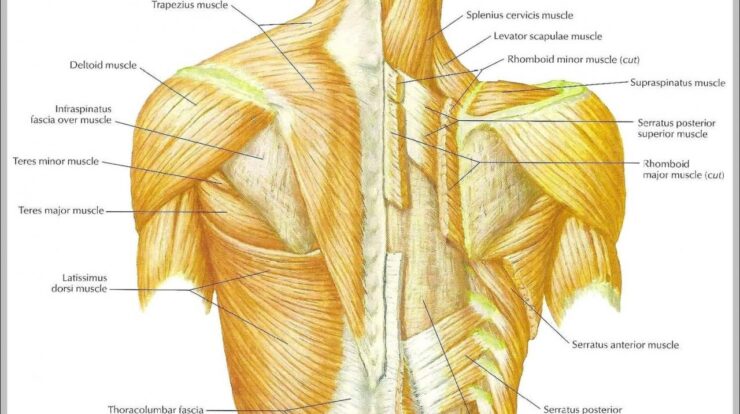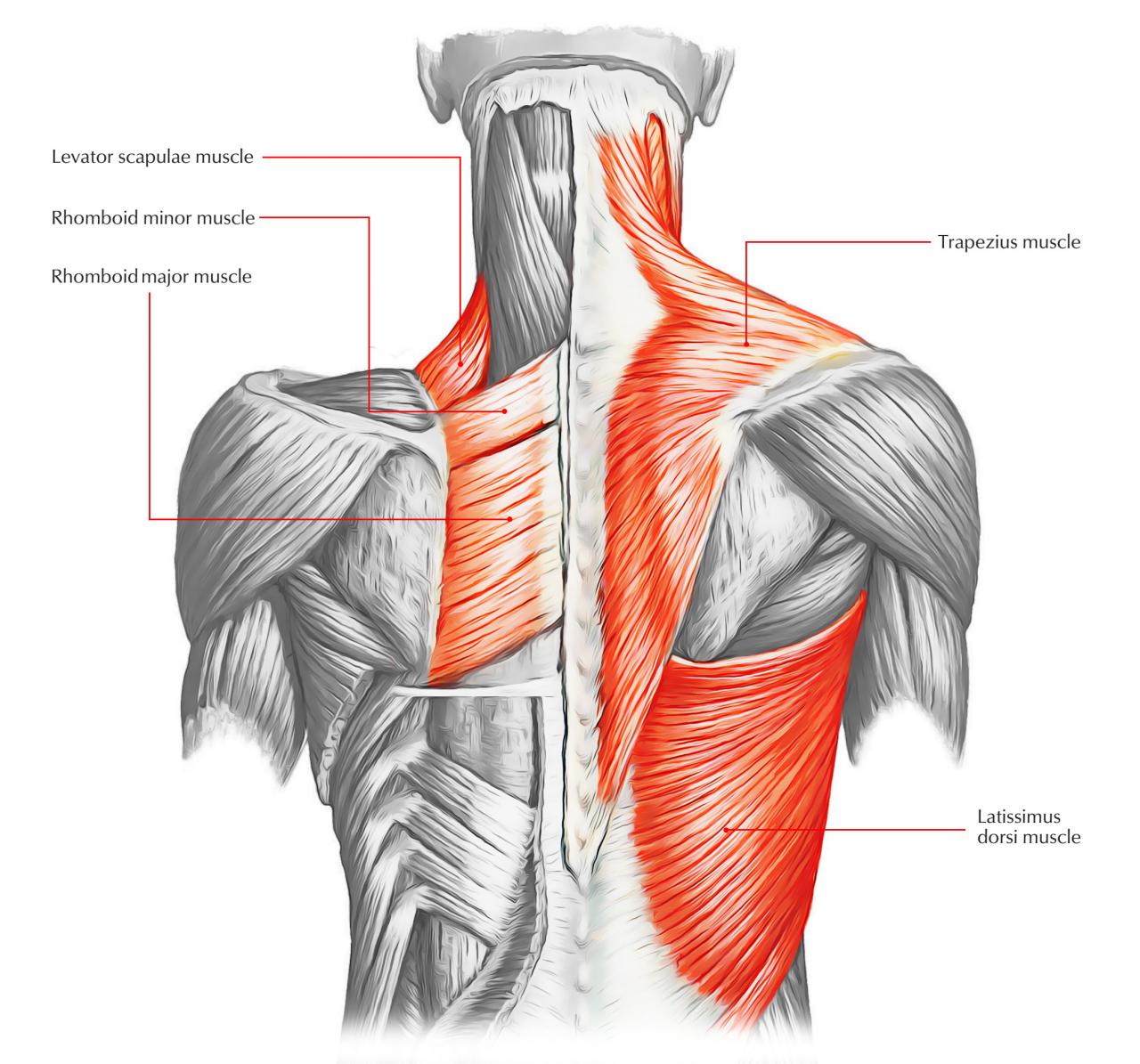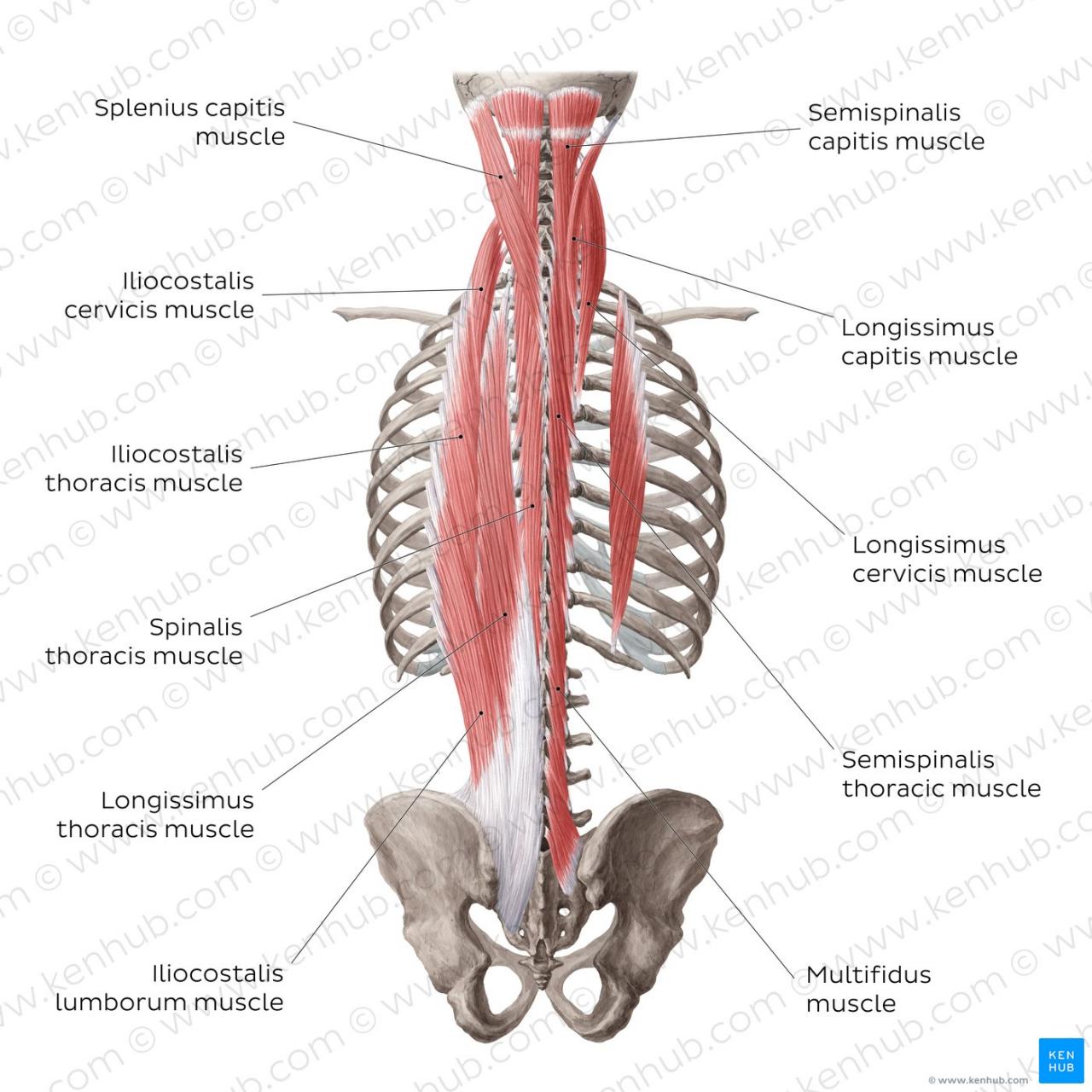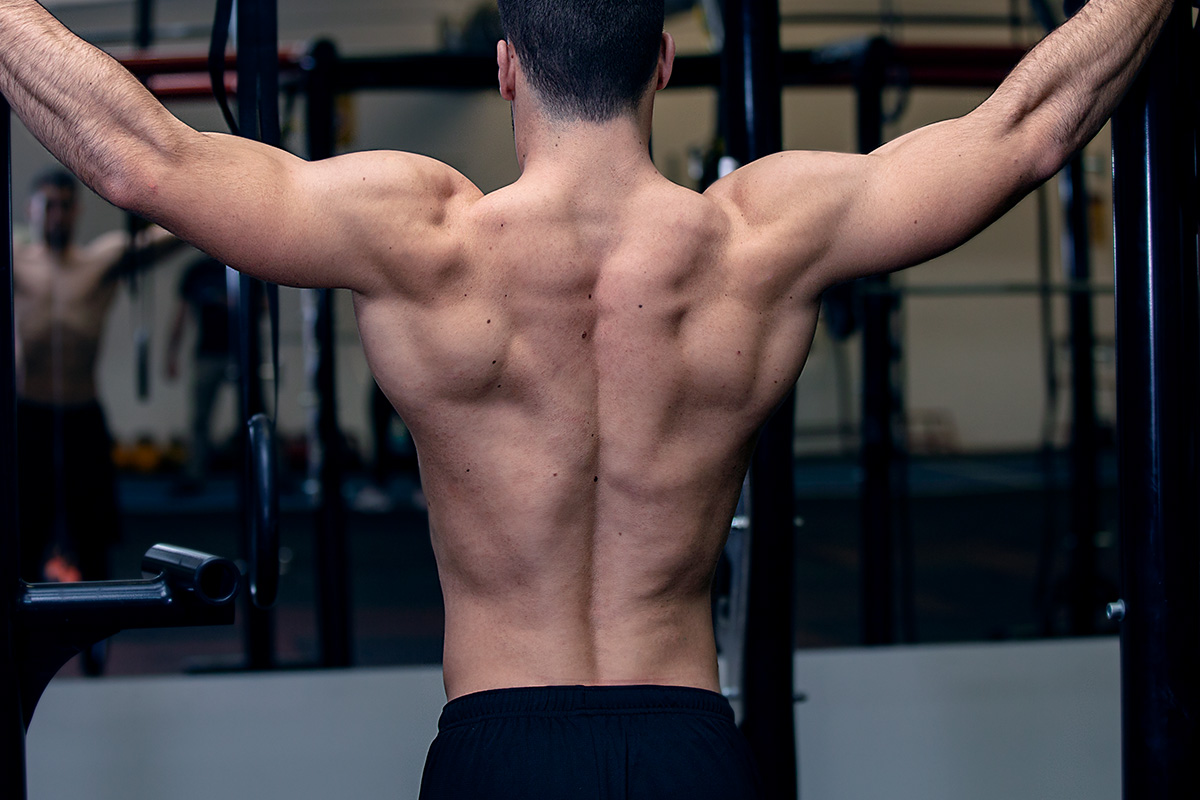
The back muscles, a complex and powerful group of muscles, play a crucial role in supporting the spine, facilitating movement, and maintaining good posture. Understanding the anatomy, exercises, common injuries, and development strategies for these muscles is essential for overall fitness and well-being.
From strengthening exercises to injury prevention techniques, this comprehensive guide delves into the intricacies of back muscle health, providing valuable insights and practical advice for fitness enthusiasts and healthcare professionals alike.
You can also find comfort in connecting with others who have experienced the loss of a mother. Support groups like the Heavenly Mother’s Day Support Group provide a space to share memories, offer support, and remember loved ones.
Anatomy of the Back Muscles

The back muscles are a complex group of muscles that extend from the neck to the lower back. They are responsible for a wide range of movements, including bending, twisting, and extending the spine. The primary muscle groups involved in back movements include the trapezius, latissimus dorsi, erector spinae, and rhomboids.
The trapezius is a large, triangular muscle that extends from the base of the skull to the middle of the back. It is responsible for elevating and rotating the shoulder blades. The latissimus dorsi is a large, fan-shaped muscle that extends from the lower back to the armpits.
It is responsible for pulling the arms down and back. The erector spinae is a group of muscles that run along the length of the spine. They are responsible for extending the spine and maintaining an upright posture. The rhomboids are a group of muscles that connect the shoulder blades to the spine.
They are responsible for pulling the shoulder blades together.
Exercises for Back Muscles

There are a variety of exercises that can be used to strengthen the back muscles. Some of the most effective exercises include:
- Pull-ups
- Chin-ups
- Rows
- Deadlifts
- Back extensions
When performing these exercises, it is important to maintain proper form to avoid injury. Be sure to keep your back straight, your core engaged, and your shoulders relaxed.
Common Back Muscle Injuries

Back muscle injuries are common, especially among people who lift weights or engage in other strenuous activities. Some of the most common back muscle injuries include:
- Strains
- Sprains
- Herniated discs
- Sciatica
The symptoms of back muscle injuries can vary depending on the severity of the injury. Some common symptoms include:
- Pain
- Stiffness
- Muscle spasms
- Weakness
- Numbness
- Tingling
If you experience any of these symptoms, it is important to see a doctor to rule out any serious underlying conditions.
If you’re not sure what to say to a pregnant woman on Mother’s Day, don’t worry. Simply acknowledging her journey and offering well wishes is enough. You can say something like, “I’m so excited for you to become a mother.
Happy Mother’s Day in advance!”
Back Muscle Rehabilitation

Rehabilitating back muscle injuries can be a long and challenging process. However, with proper care and treatment, most people can recover fully. The following are some tips for rehabilitating back muscle injuries:
- Rest
- Ice
- Compression
- Elevation
- Physical therapy
- Massage therapy
- Chiropractic care
It is important to follow your doctor’s instructions carefully and to be patient during the rehabilitation process. With time and effort, you can recover from your back muscle injury and get back to your normal activities.
Back Muscle Development
Building strong and defined back muscles requires a combination of proper nutrition, training intensity, and recovery. Here are some tips for building back muscle:
- Eat a healthy diet that is rich in protein and carbohydrates.
- Train your back muscles regularly with a variety of exercises.
- Use a weight that is challenging but allows you to maintain good form.
- Rest your back muscles for 24-48 hours between workouts.
With consistency and dedication, you can build a strong and defined back.
Ultimate Conclusion
In conclusion, the back muscles are a vital component of the human musculoskeletal system, demanding attention and care for optimal physical function. By understanding their anatomy, incorporating targeted exercises into fitness routines, and adopting preventive measures, individuals can effectively strengthen, protect, and develop their back muscles, enhancing overall health and fitness.
Essential Questionnaire
What are the most common back muscle injuries?
For those who want to express their love and gratitude to their mothers in a special way, consider sending a thoughtful gift or writing a heartfelt letter. You can also share Mother’s Day wishes on social media to show your appreciation.
Strains, sprains, and herniated discs are among the most prevalent back muscle injuries.
How can I prevent back muscle injuries?
Maintaining good posture, practicing proper lifting techniques, and engaging in regular exercise can help prevent back muscle injuries.
Mother’s Day is a time to celebrate the special women in our lives. For those who have lost their mothers, it can be a bittersweet occasion. If you’re looking for ways to honor your late mother on Mother’s Day, consider sending a heartfelt message to heavenly mother .
What are the best exercises for strengthening back muscles?
Rows, pull-ups, and deadlifts are effective exercises for strengthening the back muscles.
How long does it take to develop back muscles?
Muscle development varies depending on factors such as training intensity, nutrition, and recovery. However, consistent effort and proper technique can lead to noticeable results within a few months.





